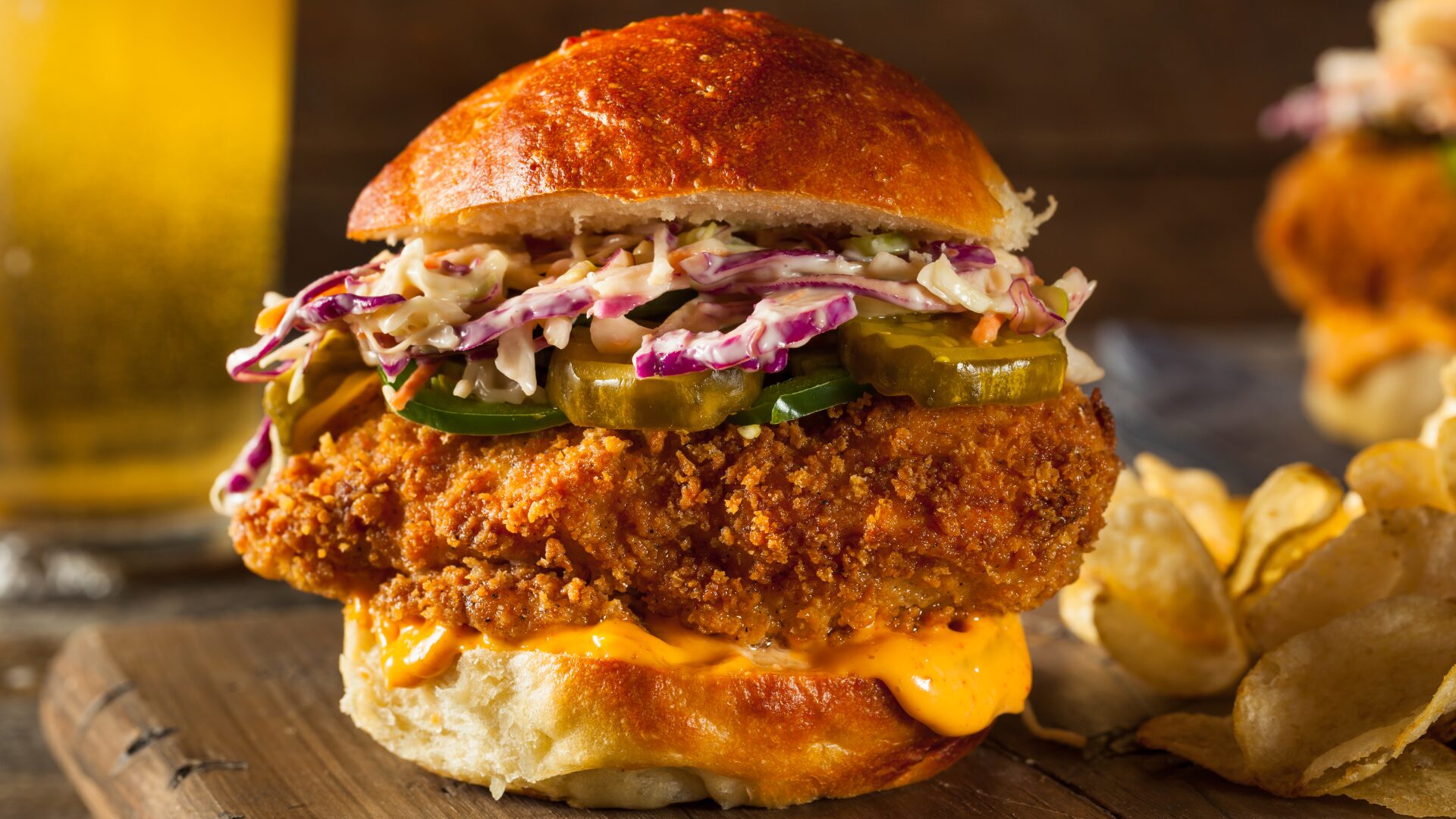Tight margins in food and beverage means every penny counts. Knowing your costs by customer and item is critical to driving more revenue to the bottom line. Successful food and beverage clients have this information at their fingertips and use it to maximize their profits. This information is known as cost and margin intelligence.
Imagine you’re at Expo West or the Private Label Manufacturing Association (PLMA) tradeshow and Buyer X walks up to you. They say they have an interest in your product and want to work with your team. They ask you to schedule something next week, and now you have seven days to get all your information together. You’re scrambling with your costing data, and you end up making a mistake when winning the business. What seemed like a great opportunity has now become a huge challenge.
Major food retailers do their costing homework; therefore, it’s critical for food businesses to do their own cost homework as well. This requires understanding your costs — all of them — because you and your sales team must be able to:
- Quickly answer retailer questions about cost and margin.
- Know what price points will work for your business and when to walk away.
- Prove to retailers they’ll see higher margins on competitive niche products.
- Recognize when a price increase is necessary — and build the case so your customer agrees.
- Understand the cost-to-serve for each customer, including handling, logistics, and delivery charges to distribution centers and stores.
- Evaluate SKU and customer profitability going forward to improve strategic planning, operations, and financial performance.
Many food businesses find strategic decisions on their products impacted by poor, incomplete, and untimely cost data. Food and beverage companies have a lot of cost tied up in overhead, which makes item costing challenging. The most successful companies invest in driving accurate cost-to-make and cost-to-serve.
Three Keys to Cost and Margin Intelligence
Timely and accurate cost and margin data is critical to improving management decisions, and it requires a focus on three key areas to be sustainable: proper data governance, systems, and culture.
Systems: As a repetitive manufacturer of food and beverage products, properly implemented standard costs are critical to understanding your expected cost and margin data. Does your ERP system properly capture labor and overhead cost by the correct cost driver? Can actual labor be compared to the expected labor and match production orders to sales orders? Are other variances like material purchase price, usage, or scrap and yield recorded at the job level? Does the system show the full conversion cost required to make the product (including pre-cuts or pre-blends), or only conversion cost for the final process? How often does the system update to enable “real-time” or “right-time” margin intelligence? How does your system capture and measure the full cost to serve a customer?
Culture: The culture to sustain an effective margin intelligence system comes from the top. The commercial, operations, IT, and accounting teams must all align on reported margin intelligence. The full team must understand that important decisions are dependent on accurate data and be confident that the reported data is in fact correct. Data owners must be held accountable for accuracy and timeliness. Margin analysis is not static – as your business evolves, your approach to managing data and determining costs must be monitored so that accuracy continues to improve. Any exceptions or outliers must be addressed with high urgency.
Data governance: Some larger and more sophisticated businesses hire a “master data librarian” responsible for maintaining the integrity of the bills of material, process routings (e.g., operation, work center, throughput, crew size, etc.), and rates for inbound freight, labor, and overhead. As new SKUs or processes are added, it’s important that new product or product revisions include a sign-off step that ensures the system has been updated before a production order can begin. Regardless of your company’s size, maintaining and measuring accurate data remains critical.
Finally, a member of the C-suite should act as executive sponsor, responsible for data accuracy, system maintenance, culture, and data governance.
Our clients who implement sustainable cost and margin intelligence and leverage the data find tremendous profitability improvement with a high return on investment. They also experience better operational flexibility and visibility to manage the business cycle ups and downs. Our cost and margin intelligence solutions identify the revenue, cost, and operational impacts that enhance cash flow, profitability, and enterprise value. Why wait? Put your cost and margin intel to work to improve the profitability and competitive advantage of your food business.
Author’s contact info:

About Plante Moran
Plante Moran is among the nation’s largest audit, tax, consulting, and wealth management firms and provides a full line of services to organizations in the following industries: manufacturing and distribution, financial services, service, healthcare, private equity, public sector, real estate, construction, and energy. Plante Moran has a staff of more than 3500 professionals throughout the United States with international offices in Shanghai, China; Mumbai, India; Tokyo, Japan; and Monterrey, Mexico. Plante Moran has been recognized by a number of organizations, including Fortune magazine, as one of the country’s best places to work. For more information, visit plantemoran.com.












